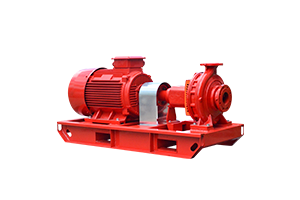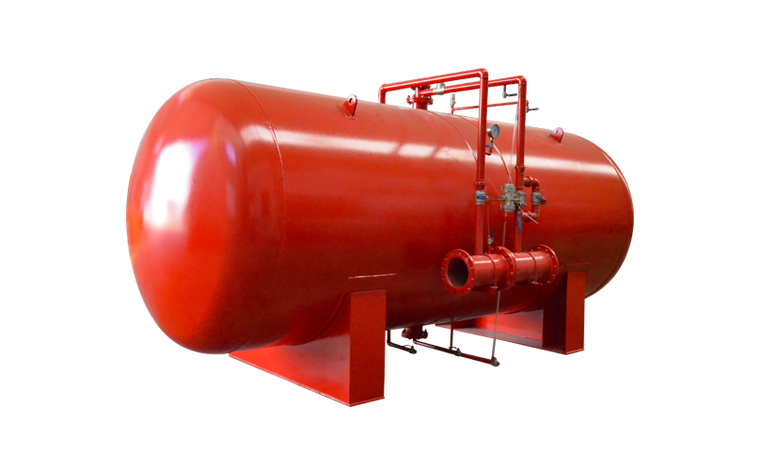What Is a Fire Pump Overload Condition?
A fire pump overload condition occurs when the pump draws more power than it is designed to handle, leading to increased wear, reduced efficiency, and potential failure. For fire protection systems, maintaining the pump’s performance is critical to ensure reliable operation during emergencies. In this article, we’ll explore the causes, signs, and solutions for fire pump overload conditions.

Common Causes of Fire Pump Overload Conditions
-
Improper Motor Sizing If the electric motor driving the fire pump is undersized for the required flow and pressure, it may draw excessive current, resulting in an overload.
-
Misalignment of Components Improper alignment between the pump and motor shaft can cause mechanical stress, leading to higher energy consumption and eventual overload.
-
Blocked or Partially Closed Discharge Valves Restricting the pump’s flow increases pressure, forcing the motor to work harder and potentially causing an overload condition.
-
Pump Operating Outside Design Parameters Operating the pump at flows or pressures significantly different from its design specifications can lead to inefficiencies and overload.
-
Worn or Damaged Impellers Damaged impellers reduce efficiency, forcing the pump to consume more power to achieve the required performance.
Signs of Fire Pump Overload
-
Excessive Heat: Overloaded motors generate higher levels of heat, which can damage insulation and other components.
-
Tripping Circuit Breakers: Electrical circuits may trip frequently as a safety measure to prevent damage to the motor.
-
Unusual Vibrations or Noise: Misalignment or mechanical stress may cause abnormal vibrations or noise during operation.
-
Reduced Pump Performance: If the pump struggles to meet the system’s demand, it may indicate an overload.
Solutions to Address Fire Pump Overload
-
Perform Regular Maintenance Regular inspections and maintenance can identify and address issues such as misalignment, wear, or damage before they lead to overload conditions.
-
Ensure Proper Sizing and Installation Verify that the motor and pump are appropriately sized and installed to handle the system’s operational requirements.
-
Monitor Operating Conditions Use monitoring devices to track flow, pressure, and electrical load to ensure the pump operates within its design parameters.
-
Clean and Inspect Components Periodically inspect impellers, bearings, and other components to ensure they are free of debris and in good condition.
-
Train Personnel Provide training for system operators to ensure they understand the proper use and maintenance of fire pumps.

.png)
.png)

.png)


